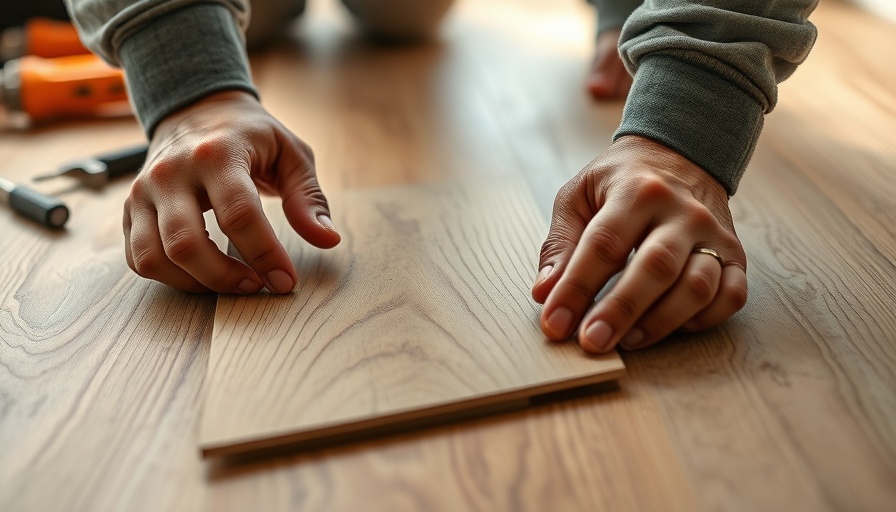
Understanding Roof Lifespan: What Every Homeowner Should Know
As a homeowner, your roof plays a pivotal role in safeguarding your home from the elements, making understanding its lifespan essential. Roof lifespan varies significantly based on the material used, environmental factors, and the level of ongoing maintenance. In this article, we explore the average lifespan of different roofing materials and share practical strategies to help extend your roof's life, ensuring it continues to protect your family for years to come.
How Long Can You Expect Your Roof to Last?
The lifespan of your roof largely depends on the roofing material, installation quality, climate conditions, and how well it is maintained. Here’s a quick overview of the expected lifespan for various roofing types:
- Asphalt Shingles: The most common roofing material in the U.S., asphalt shingles typically last between 20 to 25 years.
- Metal Roofs: With proper installation and maintenance, metal roofs can last anywhere from 50 to 70 years.
- Tile and Slate Roofs: These durable options can last anywhere from 50 to 150 years or even longer depending on local conditions.
- Wood Shingles and Shakes: Generally, these roofs maintain their integrity for 30 to 50 years when cared for properly.
Factors Influencing Roof Longevity
While the material plays a crucial role in roof lifespan, external factors are equally important. Geographic location and climate are significant influencers, with roofs in harsher climates requiring more frequent maintenance.
Additionally, regular inspections can prevent minor problems from becoming major issues. Undertake roof assessments at least once or twice yearly, particularly after severe weather conditions.
Essential Maintenance Tips for Extending Roof Life
Investing in regular maintenance is key to maximizing your roof’s lifespan. Here are practical strategies to keep your roofing system in robust condition:
- Conduct Regular Inspections: Inspect your roof for leaks, damaged shingles, or other potential issues twice a year, ideally during spring and fall.
- Maintain Good Ventilation and Insulation: Proper airflow prevents moisture buildup that can lead to rotting and enhance energy efficiency.
- Clear Out Gutters Regularly: Clogged gutters can trap water, leading to roof damage, so ensure they are clear of debris.
- Keep the Roof Clean: Regularly remove leaves and moss that can hold moisture and damage roofing materials.
- Trim Overhanging Branches: Cut back trees to prevent branches from scraping your roof and to reduce debris accumulation.
- Address Repairs Promptly: If you notice any damage, fix it immediately to prevent further complications.
The Importance of Professional Help
While DIY maintenance can be beneficial, don’t hesitate to reach out to a professional roofing contractor for thorough inspections or repairs. Professionals bring valuable expertise and can identify issues that you might miss, minimizing the risk of costly repairs.
Real-Life Story: A Homeowner's Experience
A homeowner in Marlton realized the importance of regular roof maintenance the hard way. After experiencing several leaks due to poorly maintained gutters, they decided to take action. They engaged a local roofing contractor who conducted a detailed inspection and recommended several preventive measures. Now, this family enjoys peace of mind knowing that their roof is in good health and will serve them well for many years to come!
Conclusion
Understanding the lifespan of your roof is crucial for effective home maintenance. By knowing the average lifespan of different roofing materials and employing proactive care strategies, you can significantly extend your roof's longevity. Don't overlook the importance of regular maintenance and inspections as they are invaluable investments that protect your home. For homeowners in NJ, if you need assistance with roof inspections or replacements, call Nuss Construction at (856) 988-9982 to ensure your roof remains a shelter for your family for years to come!
 Add Row
Add Row  Add
Add 




Write A Comment